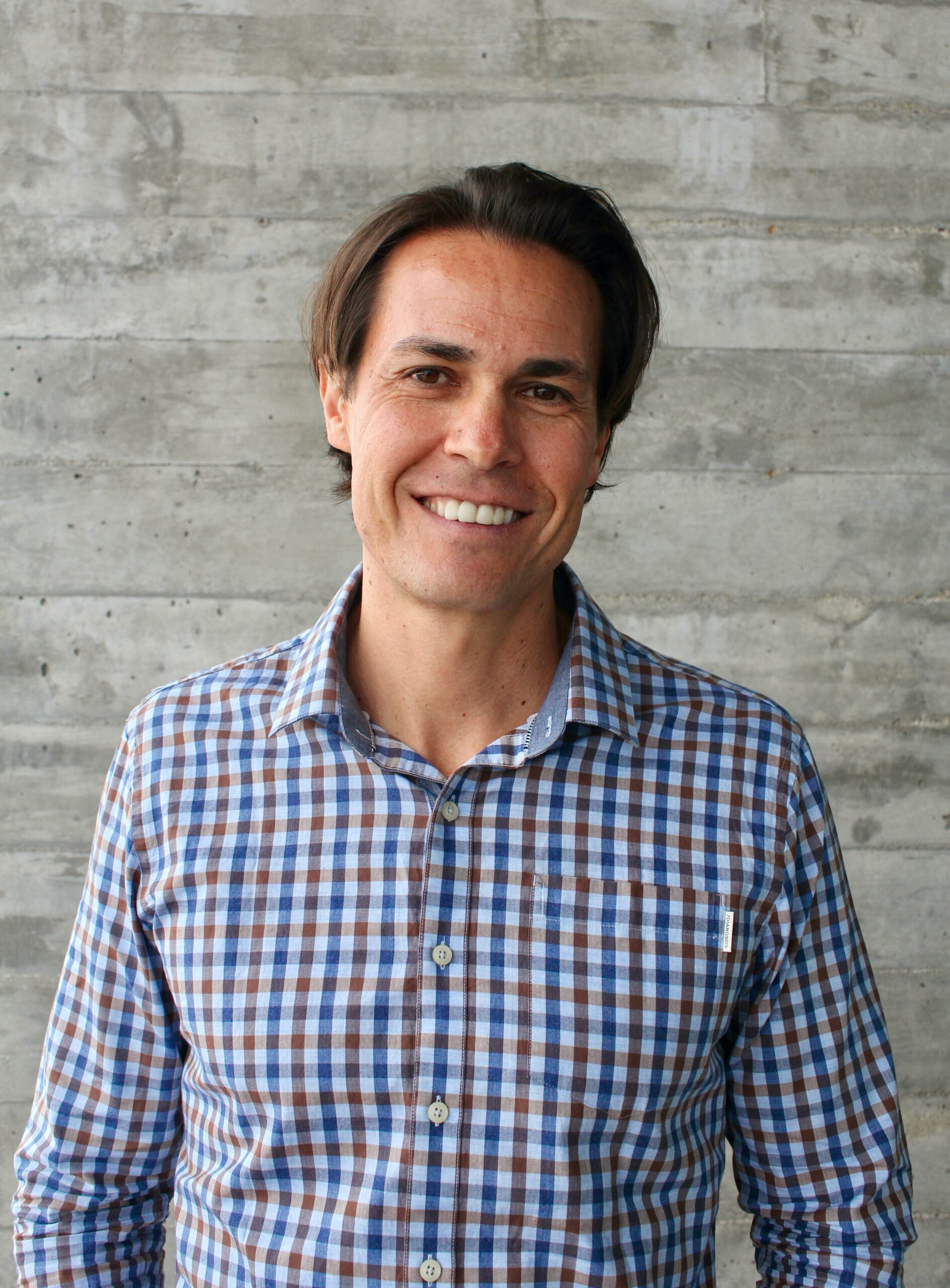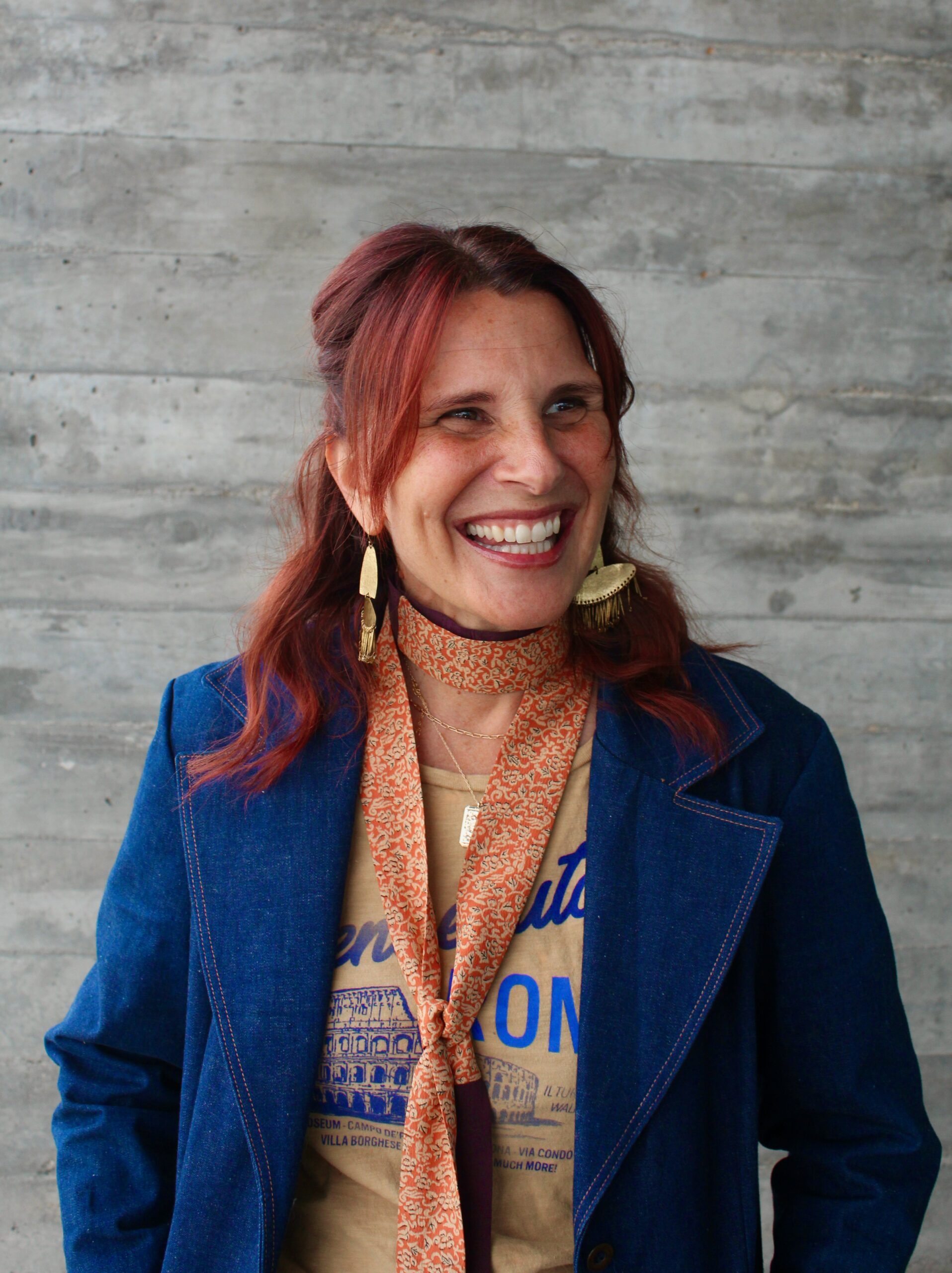Why Walking Distance
Walking Distance stands for the consistent and steady pace required to develop the resources within ourselves and the environment with intention and care.
Our efforts are grounded in realistic optimism. Peace is possible. It’s within reach, but it requires effort, persistence, and patience. This comprehensive process ensures we can arrive together, as fellow travelers through life, at a destination of peace and equity.
Our Vision is to cultivate peacebuilders while we pursue our Mission to empower communities and university students to transform conflict, promote environmental equity, and become peacebuilders locally and around the world.
How We Do It
The Five Pillar Walking Distance Approach
01
Community Collaboration
We believe that transformation is more likely to happen when community members are empowered with peacebuilding skills, and a broad range of community voices contribute to a fuller understanding of a conflict. We connect university students with communities to work together on environmental disputes, and through this mutual engagement enhance conflict resolution capacity and build peacebuilding leaders.
02
Appropriate Mindset Development
The root of almost all conflict is when we start seeing others as objects instead of as people. To address this fundamental challenge, our work focuses on the development of individuals’ perspectives, which influence attitudes and behaviors and allows people to effectively communicate, connect, and empathize with diverse community members.
03
Systems Thinking
Systems-thinking aims to address not only the evident disputes within a community, but also to understand and account for the full ecosystem of a conflict, especially the flow of energy and power among participants, communities, and place. Accordingly, we utilize a wide-lens approach to fully capture and understand the complexity, breadth, and depth that necessarily accompanies community disputes that concern access to environmental resources.
04
Place-based Approach
Power dynamics associated with conflict are often contextualized by politics, history, and culture within specific environments and communities. We examine how stakeholders’ identity, expectations, and relationships are leveraged with the power of place and their access to the environment.
05
Asset-based Community Development
Too often, community outsiders define communities in need (or in conflict) by their most negative aspects, weaknesses, or deficits. Asset-based community development seeks to reframe community identity and capacity by focusing on community assets—or strengths—and how community members can leverage those assets to make improvements. WD helps communities identify and map their assets, and mobilize their existing resources and relationships to transform conflict.
The Team
Meet Our Founders

Benjamin Cook
Co-Founder
Ben’s professional expertise is in conflict resolution, peacebuilding, and mediation. He loves teaching, training, and collaborating with communities and university students to find ways to transform conflict and build peace.

Arinn Aanderud
Co-Founder
Arinn is a diversity, equity, and inclusion (DEI) practitioner specializing in formal and informal education environments. She is passionate about developing university and community programs that encourage emotional connection to building equitable communities.